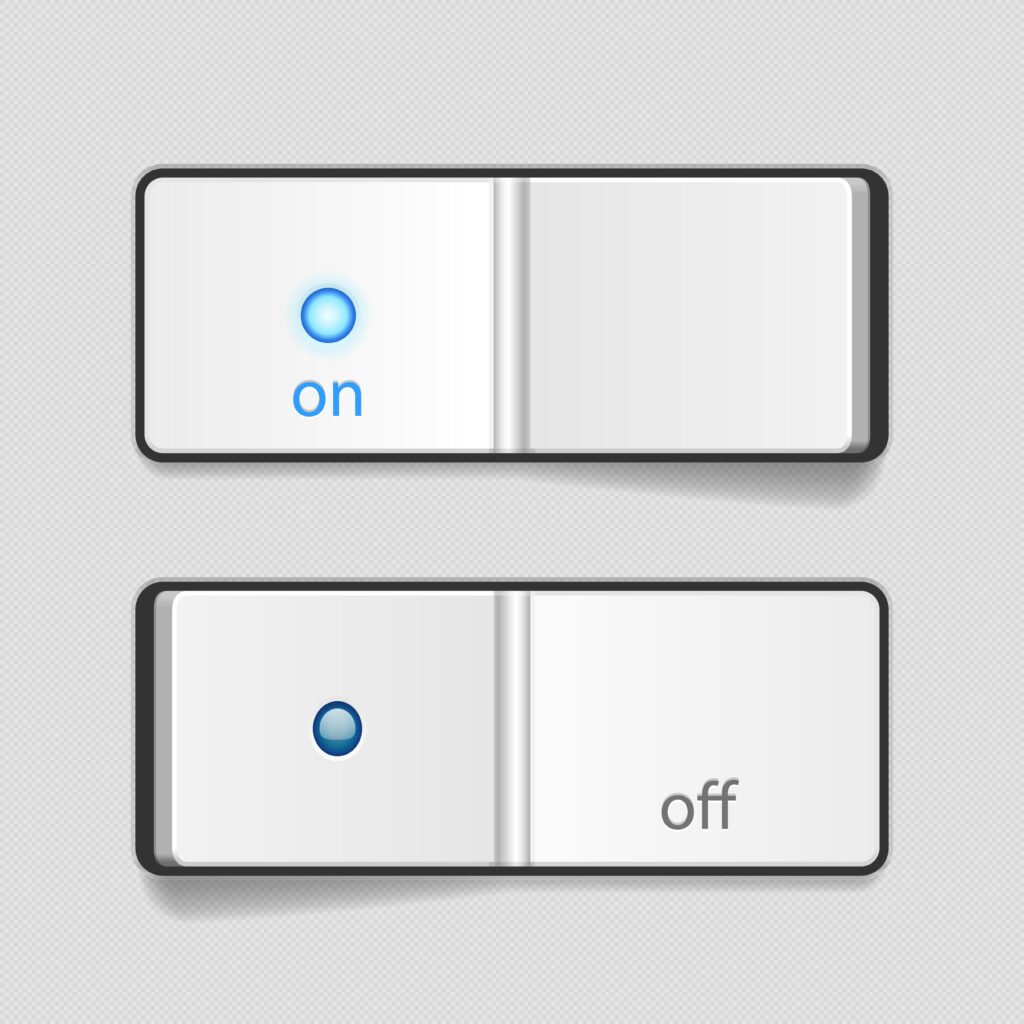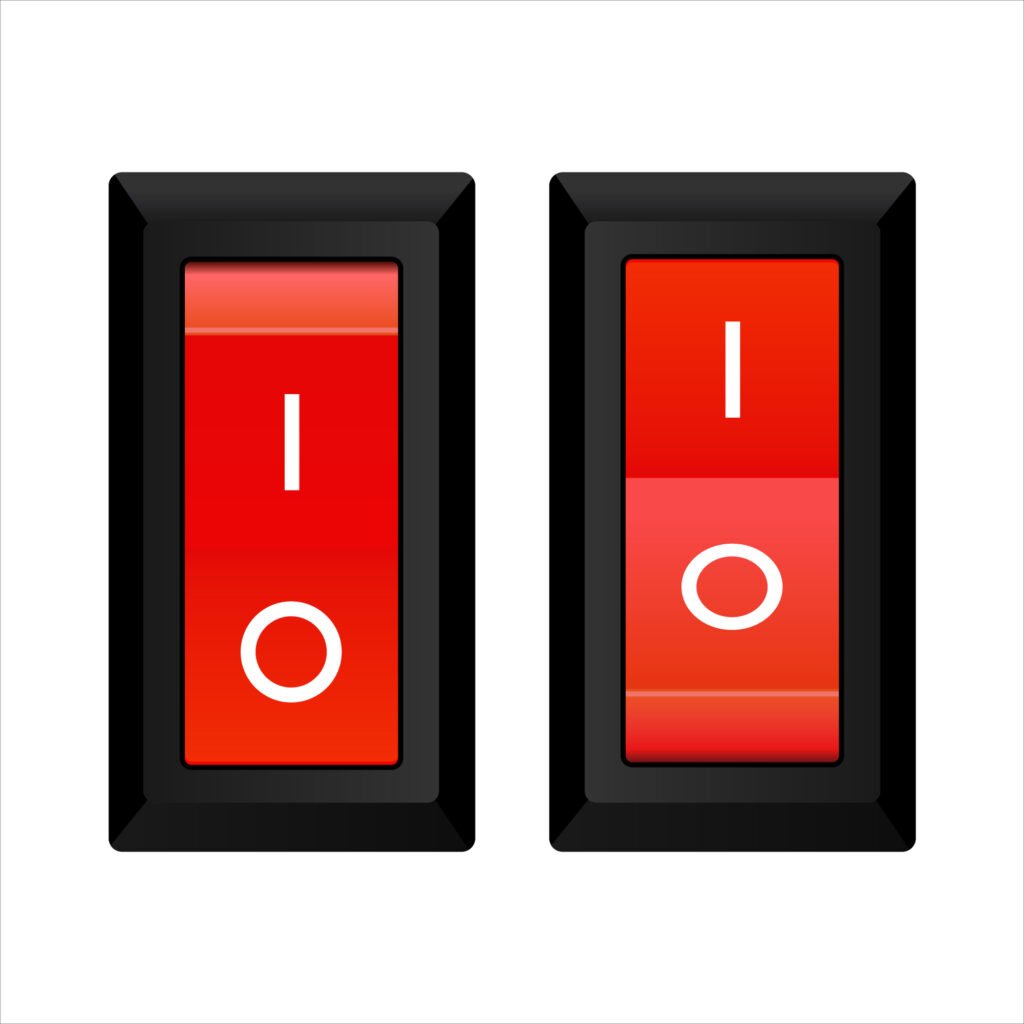Switch
Switches are the backbone of our electrical systems, quietly orchestrating the operation of devices and appliances in our daily lives. From lighting up a room to controlling complex machinery, switches play a pivotal role in our homes, offices, and public spaces. In this brief exploration, we’ll uncover the significance of switches, their omnipresence, and how they empower us to interact with our environment effortlessly.
Understanding Switches
Fundamentally, a switch is an electrical part that permits or prohibits the passage of electricity by opening or closing a circuit.
It serves as a control mechanism, giving users the ability to select different modes, turn devices on or off, and redirect signals.
It serves as a control mechanism, giving users the ability to select different modes, reroute signals, and turn gadgets on or off.
There are many different kinds of switches, such as rocker switches, toggle switches, push button switches, rotary switches, and network switches.
Users can efficiently use electrical circuits to obtain desired outcomes in their projects and systems by grasping the basic concepts and types of switches.

Switch Types:
Toggle switches are the most popular sort of switches because they have a lever or button that may be turned to change the state of the circuit.
Push Button Switches: When pressed, push button switches turn off the circuit connection and require constant pressure to stay in the on position.
Rocker switches are distinguished by its rectangular, flat appearance and can be turned on or off using either a horizontal or vertical movement.
Usability and Uses:
Switches are used in many different industries and for a variety of purposes.
Home appliances: Lights, fans, kitchen appliances, and electronic devices are all controlled by switches, which provide convenience and encourage energy conservation in homes.
Industrial Machinery: To maintain efficiency and safety in industrial environments, switches control the functioning of motors, conveyor belts, heavy machinery, and automated operations.
Electronics and Gadgets: Switches provide customers control and customization options for their personal devices, including game consoles, computers, smartphones, and other electronic devices.
Automotive Industry: Switches control the windows, wipers, lighting, and other features of an automobile, improving comfort, safety, and convenience for drivers.
Networking and Telecommunications: In computer networks, network switches control data flow by guiding packets to their correct locations and maximizing network efficiency to enable smooth data exchange and communication.

Useful Hints for Operating Switches:
To avoid mishaps or damage, familiarize yourself with the operation and purpose of each switch before using it.
To guarantee correct operation, when installing or replacing switches, adhere to the manufacturer’s instructions and safety precautions.
To reduce confusion and mistakes, indicate switches in complicated systems or surroundings using labels or color-coding.
Regular maintenance reduces the risk of safety hazards or system breakdowns by assisting in the early detection of such problems.
Conclusion
which subtly regulate power flow and provide consumers exact control over their environment.
These modest elements, found in offices, homes, businesses, and digital networks, are essential to the development of our globalized society.
Every form of switch, from toggle switches to network switches, has a specific role and allows for a range of functionality in different areas.
Switch types refer to the different categories of switches used in electrical and electronic systems, including toggle switches, push button switches, rocker switches, rotary switches, and network switches, each serving specific functions and applications.
Switches are significant as they control the flow of electricity in circuits, enabling users to turn devices on or off, select modes, and redirect signals, facilitating control and customization in various applications across industries.
For an electric board, consider using toggle switches or rocker switches, which offer easy on-off functionality and durability, ensuring reliable operation in electrical circuits and panels. These switches are widely available, cost-effective, and suitable for controlling various devices and appliances within the electric board.